Lots of Billboard Insider readers agree with Richard Rothfelder that QR codes are a bad idea on roadside billboards…

Attorney Marnie Cody says a QR code on a sign is an accident waiting to happen…
I couldn’t agree more with Rothfelder’s comments this morning. A QR code on a sign is an accident waiting to happen. Moreover, some months ago, I tested my own concerns and attempted to safely and quickly click a QR code displayed on a sign located immediately adjacent the freeway I was traveling. I assure you, despite my best efforts, it was not quick or safe, and I gave up the attempt after two unsuccessful clicks. I don’t know how any driver does it without fumbling one-handed with their phone and taking their attention off the road just long enough to rearend the car ahead or veer into the next lane. Even pulling over to the shoulder creates its own challenges and other safety concerns. I strongly second Richard’s sage recommendation and suggest QR codes be limited to pedestrian panels and kiosks targeted only at foot traffic.
Attorney Richard Hamlin agrees…
I concur with the “other” Richard. QR codes work on kiosks and other displays aimed at pedestrians. They are potentially dangerous on anything directed to drivers. We should not do something just because we can. Consider the broader context!
Ron Borree sees risks
In my opinion clicking in a QR code while driving is like eating your morning cereal while driving to work…A personal injury attorney firm will create new areas of litigation from this one.
Billboard ad designer Greg Callaham says don’t do it:
I agree 100%, Richard. This is why I strongly discourage my clients and their advertisers from using QR codes on their billboards.
Signage expert Brad Getter says there are technical challenges…
I agree that QR codes/tags are potentially a distraction for drivers.
There are too many steps to read one, and there are physical limits of legibility to the QR format. Years back, when they became moderately popular, I studied what was needed for a QR code to be legible for OOH and fleet graphics. The results were simply prohibitive for them to be an effective tool for highway OOH and fleet uses. Starting out – the QR tag needs to be clearly visible to the camera for the duration of the capture. That capture is dependent on the data/message in the code, the image processor in the phone, and the environment. It can take anywhere from 1 to 4 seconds of steady visibility based on the amount of data encoded by a simple QR tag. Additionally, most cameras will default to interacting with a QR code rather than just taking a picture and then interpreting the code. This bogs down the capture with user prompts increasing driver distraction.
We found that at highway speeds, you cannot read a 24″ 24 character QR tag on the back of a semi while driving at a safe distance. On the side of a semi from adjoining lanes, a driver must hold the camera steady for 300-600 feet of roadway to capture a 42″ 24 character QR tag on the side a semi (again thru a clean window and pacing at a safe distance). From a visibility perspective, QR tags need to be treated like a letter for visibility, where distance and letter height interact (bigger letters = farther distance legibility). This isn’t the dimension of the qr tag as a whole, but rather the size of each black or white pixel in the tag. The camera needs to resolve the pixels to get the tag data. The camera may SEE the qr tag and try to resolve it, but the pixels may not be large enough for visibility to the camera. The pixels are where the data is encoded, not the overall QR tag. This means a QR tag has a very limited capture distance on the road. We found that for a 24 character QR we needed 30 feet per every 1 inch of pixel size to be rapidly legible in stopped traffic from immediately behind a semi. Because there is redundancy in QR tag content for error correction to fill in any bad scan, the tags contain duplicate data and the more data encoded and more error correction the smaller the encoded pixels and the longer the capture time needed. Diving deep into it we found that encoding a website link of 24 characters with minimum error correction, we needed a 3’6″ by 3’6″ QR tag on the side of a semi trailer at 55 mph if read from adjoining lanes. That is almost 40% of the trailer’s body height.
Far better to just use a big bold message in a box or circle. In closing, QR tags are great for OOH media like transit shelters, bus interior cards, and ads with a heavy pedestrian visibility, but for on the road use they are definitely distractive, and an inefficient means to sending the message. Just get a good short domain name and go bigger in character height or visibility enhancements.
To receive a free morning newsletter with each day’s Billboard insider articles email info@billboardinsider.com with the word “Subscribe” in the title. Our newsletter is free and we don’t sell our subscriber list.
Paid Advertisement
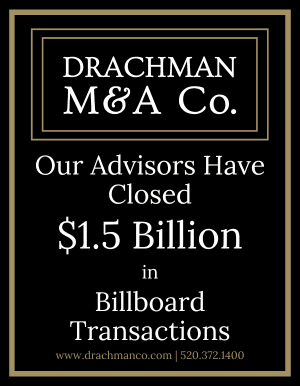



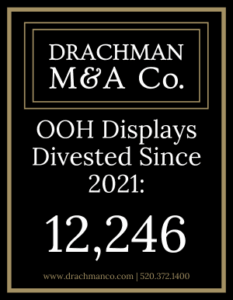

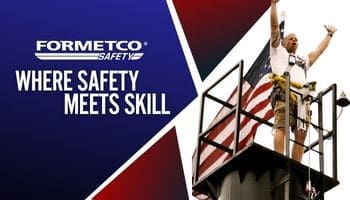


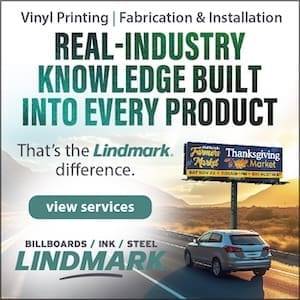

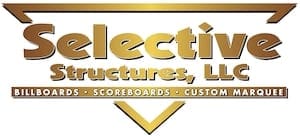
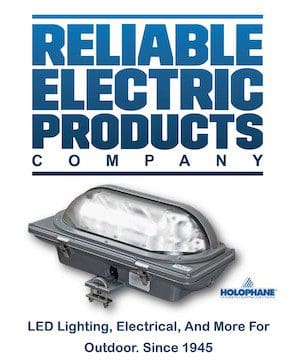
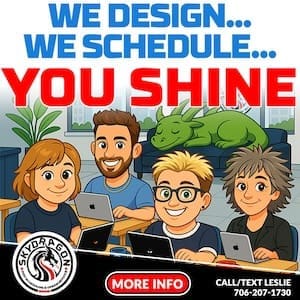
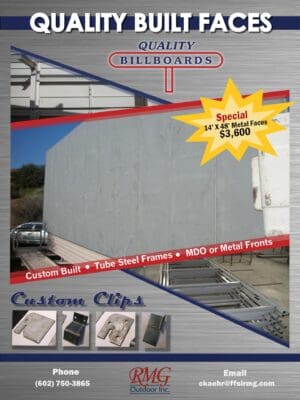


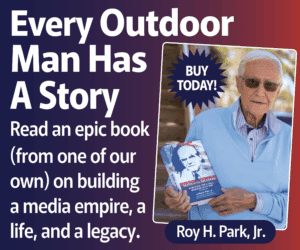
That’s why BoardActive was developed and is the absolute perfect fit with OUT of Home.
Geolocation and Audience based software with a visual creatives is the fastest growing segment in the industry.
BoardActive’s patented VisualMatic technology is easily available here to sign up for a subscription and account.
BoardActive.com